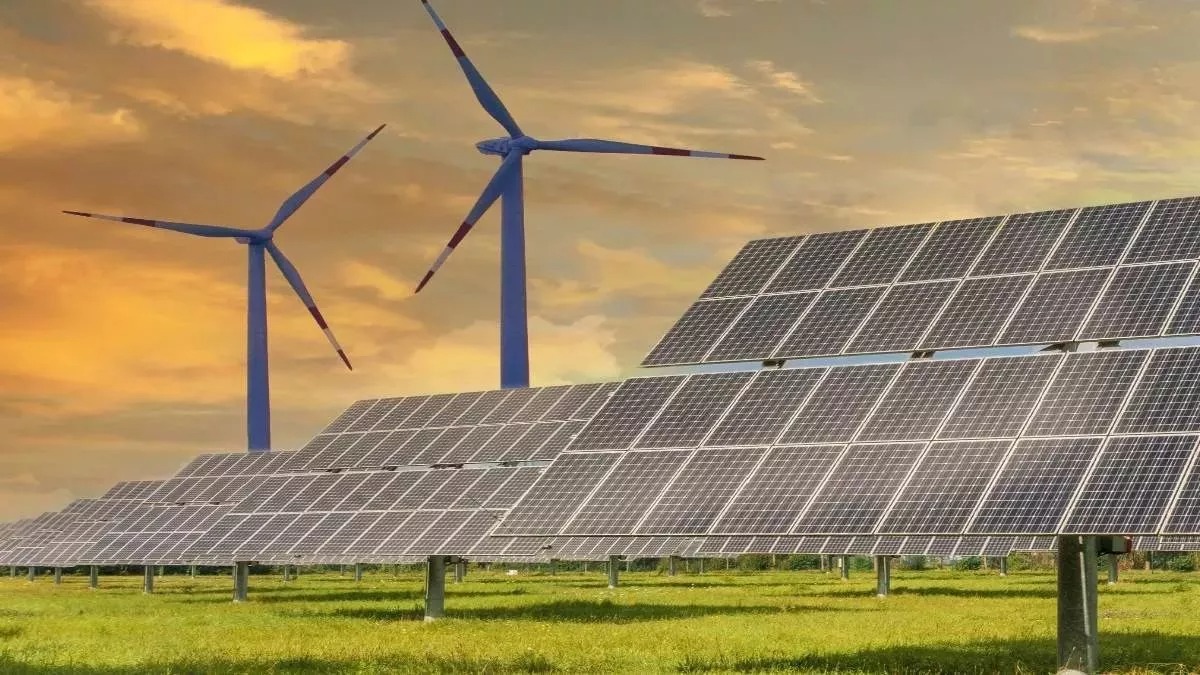
New Delhi: A decade ago, India was nowhere in the manufacturing of solar PV modules, the most important equipment of a solar plant. The installed capacity of its manufacturing in the country was only three thousand megawatts per year. Today this capacity has increased to 67 thousand megawatts. By the next financial year 2025-26, this capacity will reach one lakh megawatts.
This certainly seems like a big achievement but is insufficient considering the country's needs. Most of the plants being set up in India to manufacture solar PV modules (more than 80 percent) are using Chinese-made machinery and technology. India is still importing 60 percent of its solar PV module needs from China.
China is still a big challenge for Indian companies in this sector. It is clear that the tariff and non-tariff measures taken by the Indian government to curb Chinese imports are still ineffective. In such a situation, industry experts say that the government needs to change its current policy, especially in the PLI scheme implemented in the renewable energy sector.
Is our dependence on China decreasing?
A day earlier, the Ministry of New and Renewable Energy (MNRE) had informed that an incentive of Rs 24,000 crore has been given under the PLI (Production Linked Incentive) policy announced for the manufacture of high capacity solar PV modules in the country. With this, an investment of Rs 1.1 lakh crore has been made for the manufacture of PV modules of 47 thousand MW capacity.
MNRE Minister Prahlad Joshi recently told the Parliament that the dependence on China for the supply of solar PV cells and PV modules used in solar power plants is decreasing rapidly. The dependence on China for these two products was 94 and 93 percent respectively in the year 2022-23, which has come down to 56 and 66 percent in the year 2023-24.
One of the reasons behind the growing trade deficit with China is the increasing import of equipment used in solar energy. India has set a target of installing 3 lakh MW solar power capacity in the country by the year 2030. The efforts of the domestic industry are inadequate to supply equipment for such a large capacity, hence it will be necessary to continue importing them from China.
Challenges facing India's solar industry
Prashant Mathur, CEO of Satvik Solar, India's leading solar PV module manufacturing company, says that first of all we need to make changes in our PLI scheme. The Government of India's scheme is for the entire solar sector but there are very few countries in the world that are self-sufficient in manufacturing all sectors related to solar energy.
For example, setting up a unit for manufacturing polymers or wafers requires a lot of investment. A lot of investment is required to set up the entire value chain. Polymers or wafers are also used in the semiconductor industry. This means that companies involved in their manufacturing will be able to supply solar energy as well as the semiconductor industry. But if different sectors are encouraged, more benefits can be seen.
Mathur's second advice is to solve the problem of land acquisition in India. He says that land acquisition is a big hurdle for solar energy related industries. This can be overcome only at the government level. He also identifies low interest funds and lack of skilled labor as other hurdles. Only by removing these will India be able to become self-reliant in the renewable energy sector.
--Advertisement--

 Priya
Priya Share
Share



